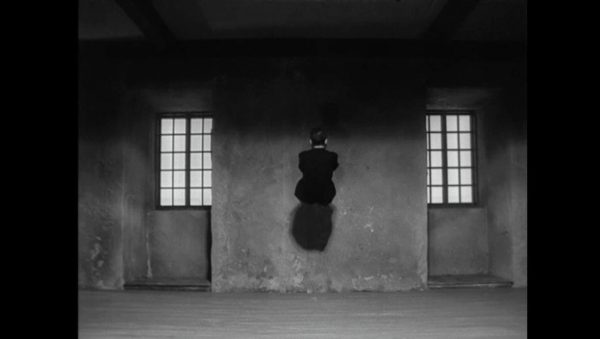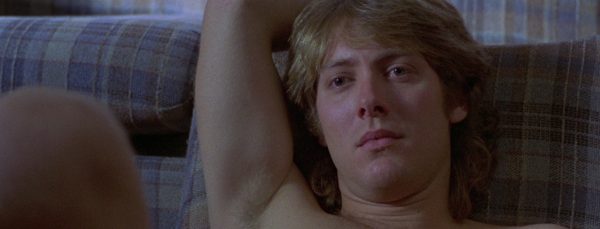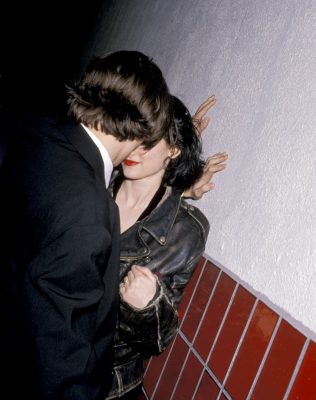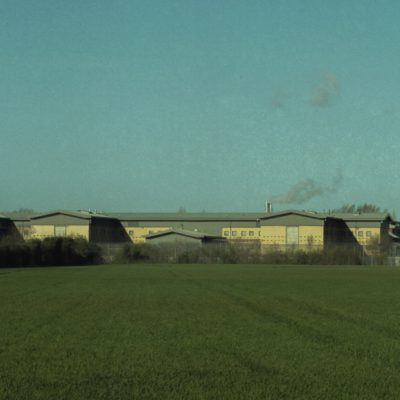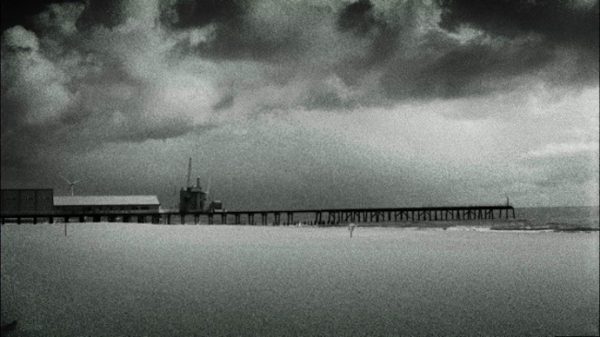Masha Tupitsyn
Masha Tupitsyn is a writer, critic, and multi-media artist. She is the author of the books Like Someone in Love: An Addendum to Love Dog, Love Dog, LACONIA: 1,200 Tweets on Film Beauty Talk & Monsters, the anthology Life As We Show It: Writing on Film. In 2015, she completed the film Love Sounds, a 24-hour audio-essay and history of love in English-speaking cinema. Her fiction and criticism have appeared in numerous anthologies and journals. She teaches film and gender studies at The New School. Her new film, Time Tells, is forthcoming in 2017.
READ NEXT


